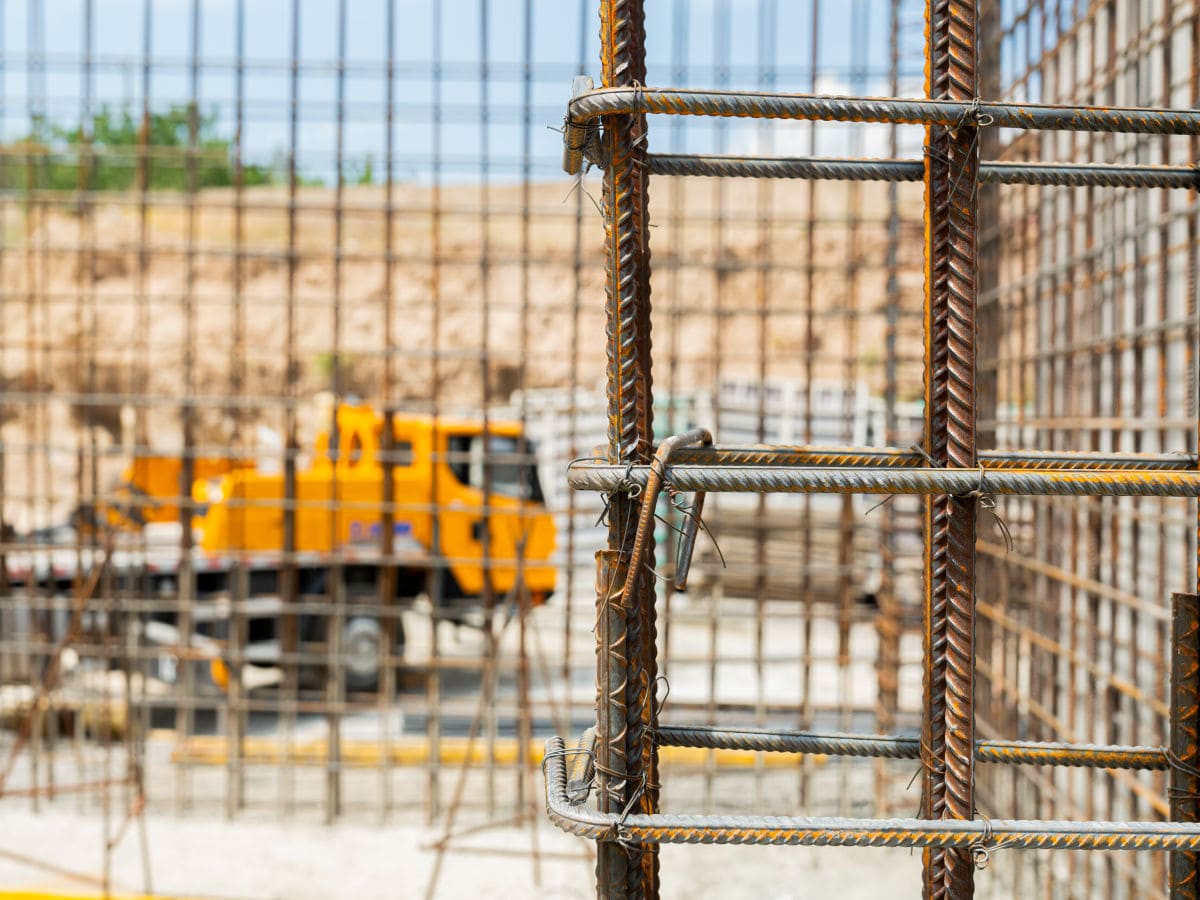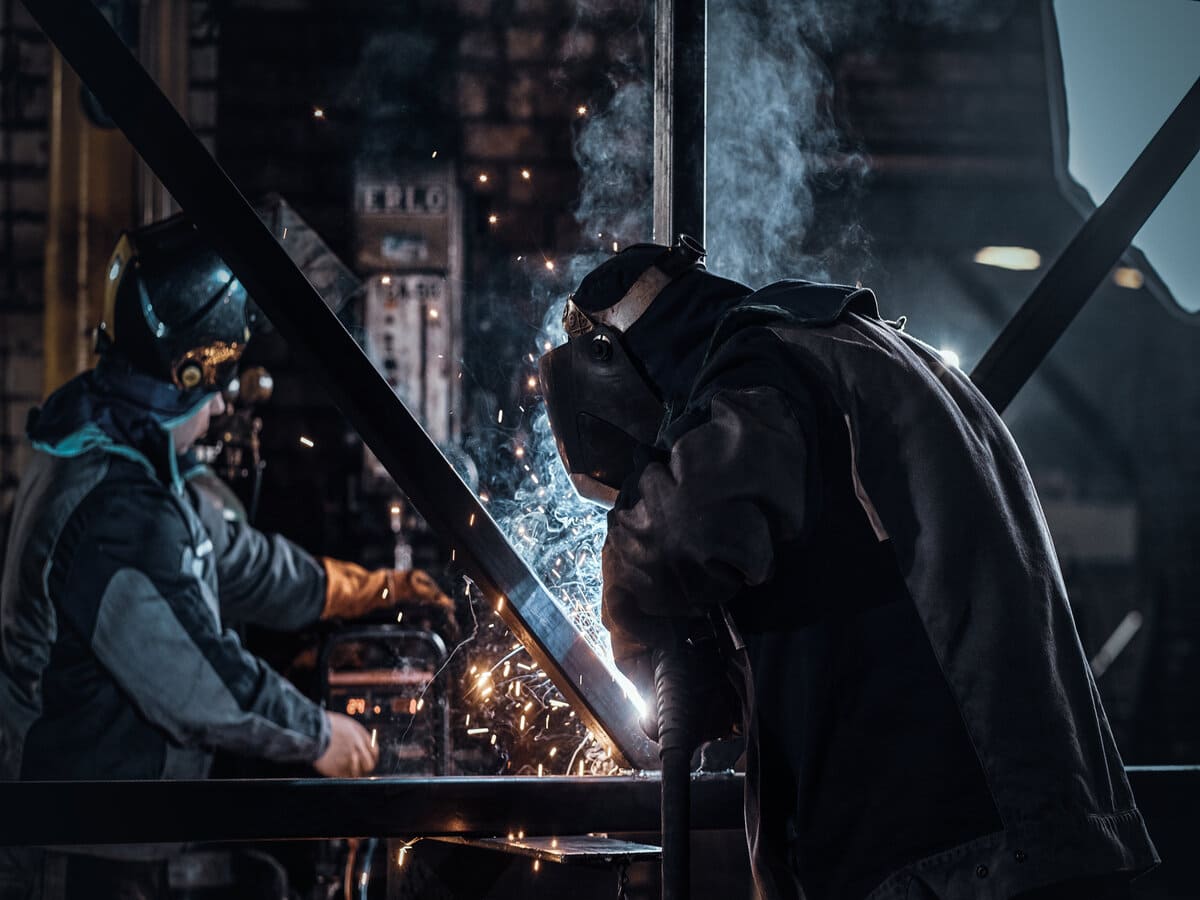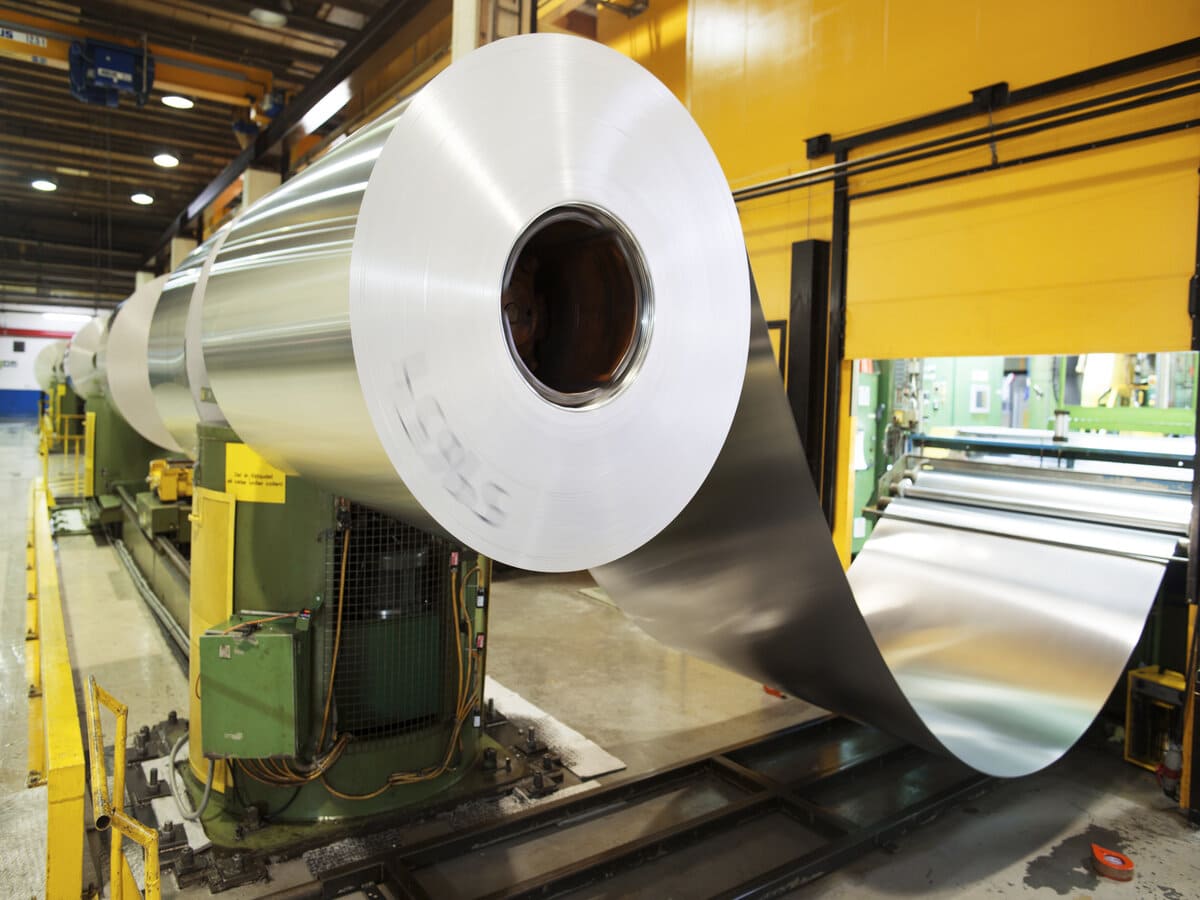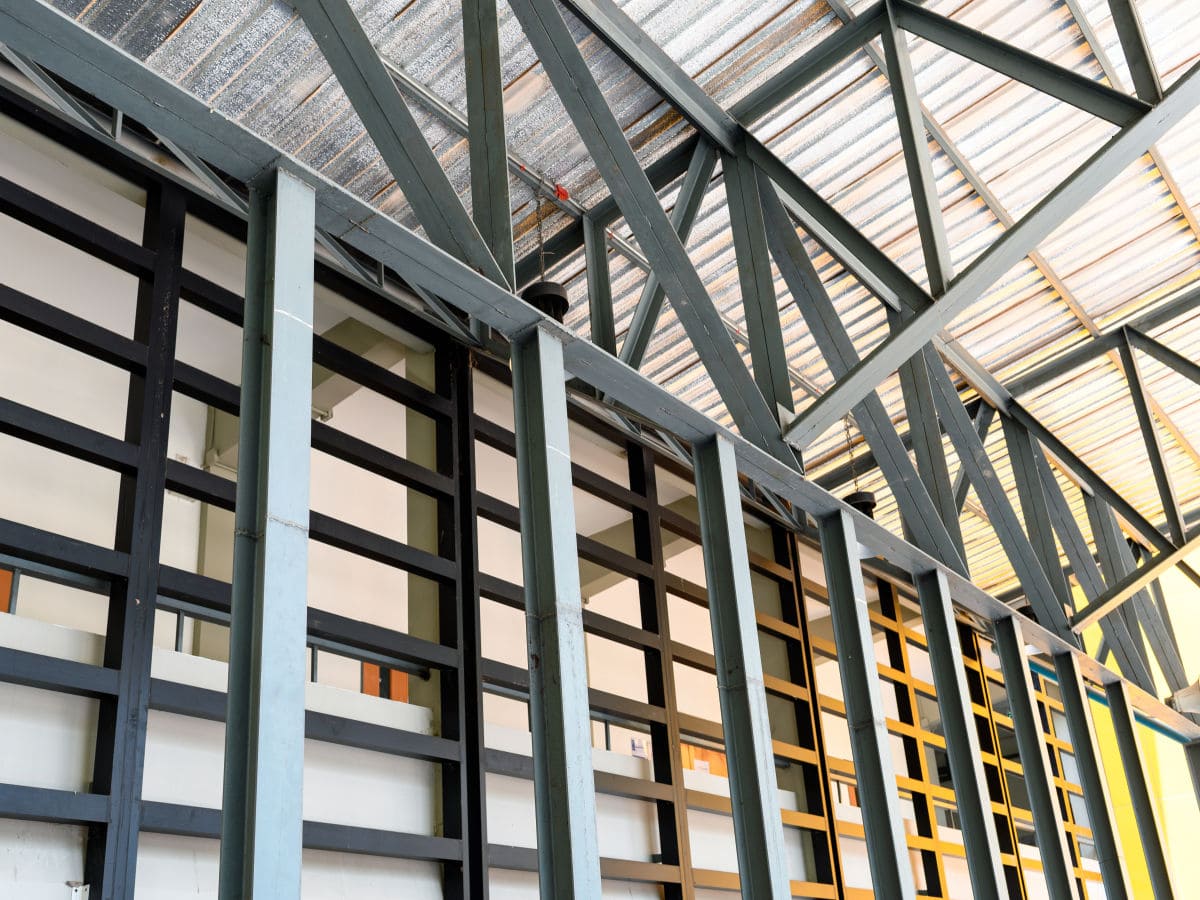Construction and engineering projects specifically use structural steel as their material. Think of it as the skeleton that holds a building or a bridge together, offering support and shape.
In engineering terms, structural steel is not just any steel. Manufacturers produce and test a specialized subset of steel to meet standards for structural integrity and mechanical properties like yield strength and flexibility. This type of steel serves as the backbone for various structures by supporting and creating frameworks, bearing heavy loads, and resisting environmental factors.
Properties of Structural Steel
- Strength
One of the defining characteristics of structural steel is its remarkable strength. This material can bear substantial amounts of weight and force, making it an ideal choice for structures that require high load-bearing capabilities, such as skyscrapers and bridges. The high strength-to-weight ratio allows for the use of less material, potentially reducing construction costs.
- Durability
Another key property of structural steel is its durability. The material is inherently resistant to the ravages of both time and the elements. With proper treatment, such as galvanizing, structural steel can withstand environmental factors like humidity and corrosive chemicals, thereby increasing the lifespan of the structures it forms.
- Flexibility
You can mold, cut, and weld structural steel into various shapes and sizes, making it highly flexible. This adaptability is crucial when it comes to accommodating the diverse design needs of modern construction projects. From intricate arches to straight beams, the flexibility of structural steel allows architects and engineers the creative freedom to realize even the most complex designs.
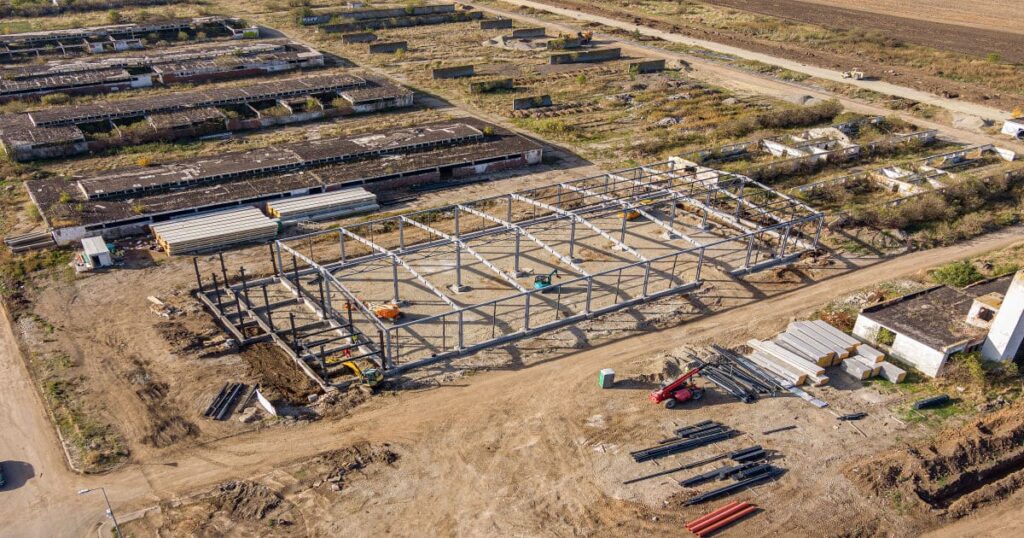
Types of Structural Steel
- Carbon Steel
Carbon steel, known for its balance of strength and flexibility, is a type of structural steel that primarily contains iron and carbon. You can adjust its properties by changing the carbon content. Lower carbon content means more flexibility but less strength, while higher carbon content offers greater strength at the expense of flexibility.
- Alloy Steel
Manufacturers add elements like nickel, chromium, or vanadium to alloy steel to achieve specific properties. These alloying elements can increase tensile strength, corrosion resistance, or thermal stability. Specialized construction projects often use alloy steel when they require unique structural or chemical properties.
- Rebar Steel
Contractors use rebar, or reinforcing bar steel, to strengthen concrete structures. Manufacturers typically make rebar out of carbon steel and add ridges for better adherence to the concrete. Most commonly, engineers use rebar steel in the construction of buildings and bridges to enhance their structural integrity.
- Stainless Steel
Stainless steel is a special type of structural steel that contains chromium, which offers enhanced resistance to corrosion. Applications that expose the material to corrosive elements, such as coastal buildings or chemical plants, find this ideal.
- Tool Steel
Though not commonly linked to large structures, construction projects use tool steel for specialized purposes. It contains elements like tungsten, molybdenum, and cobalt, which give it high hardness and thermal stability. Construction projects commonly use this type of steel for cutting and drilling equipment.
Manufacturing Process
Step 1: Iron Ore Extraction
The production of structural steel begins with the extraction of iron ore. This raw material is mined from the Earth and typically consists of iron oxide mixed with other minerals. The extracted ore undergoes initial processing to separate it from the unwanted elements, preparing it for the smelting process.
Step 2: Smelting in Blast Furnaces
The processed iron ore is placed in a blast furnace along with coke and limestone. The furnace reaches temperatures exceeding 2000 degrees Fahrenheit, facilitating the chemical reactions that extract iron from its ore. The result is pig iron, a basic form of iron that serves as the precursor to steel.
Step 3: Removing Impurities
The pig iron is then subjected to a series of processes to remove impurities like sulfur, phosphorus, and excess carbon. This is commonly done through oxidation or the basic oxygen process, where oxygen is blown through the molten iron to remove impurities. The resulting material is known as crude steel.
Step 4: Adding Alloying Materials
At this stage, alloying elements like nickel, chromium, or vanadium are added to the molten crude steel, depending on the type of structural steel produced. These elements enhance specific properties of the steel, such as tensile strength or corrosion resistance, making it suitable for various applications.
Step 5: Casting and Rolling
The final step involves casting the molten steel into ingots or directly into specific shapes through continuous casting. Once solidified, the steel is then hot-rolled or cold-rolled to achieve the desired dimensions and mechanical properties. The end product is structural steel ready to be fabricated into various forms for construction projects.
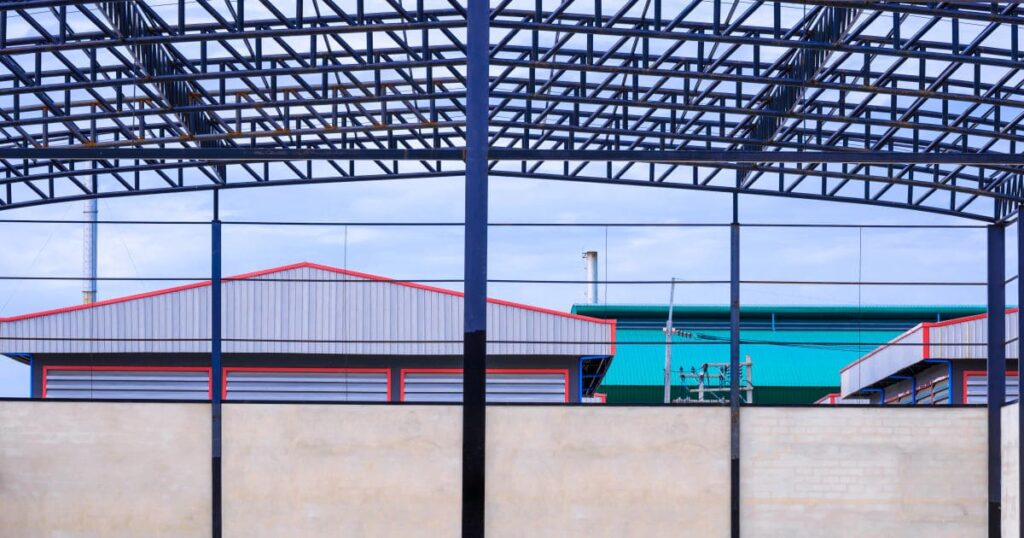
Standards and Codes
American Institute of Steel Construction (AISC)
The American Institute of Steel Construction (AISC) is a leading authority on structural steel design and construction in the United States. It provides guidelines, codes, and standards to ensure the safe and efficient use of structural steel. AISC standards are widely followed in the U.S. and influence other parts of the world. They cover everything from material specifications to design methodologies.
European Standards
In Europe, the Eurocodes serve as the primary set of structural steel standards. Developed by the European Committee for Standardization (CEN), these codes offer a harmonized approach to construction, ensuring that steel structures meet rigorous safety and environmental criteria. They are adopted and adapted by individual European nations and offer a comprehensive set of guidelines comparable to the AISC standards.
International Building Codes
The International Building Codes (IBC) are a comprehensive global set of standards for building safety, including regulations for structural steel. Many countries adopt the IBC directly or use it as a basis for national standards. These codes provide a framework for structural integrity, fire resistance, and other essential aspects of construction.
Common Uses in Structures
Buildings
- Skyscrapers
Structural steel plays a pivotal role in the construction of skyscrapers. Its high strength-to-weight ratio makes it possible to build taller and more slender structures that still maintain exceptional stability. Additionally, steel’s ability to span great distances without requiring numerous support columns provides architects greater design flexibility.
- Warehouses
In the case of warehouses, the emphasis is often on creating vast, open spaces to store goods. Structural steel is ideal for this application because it allows for the construction of large clear spans without many internal support columns. This optimizes the available space and facilitates easier movement of goods within the warehouse.
- Residential Buildings
While not as common as in commercial or industrial settings, structural steel is increasingly used in residential construction. The material’s strength allows for innovative architectural designs, such as open floor plans and large window spaces, that might be challenging to achieve with traditional building materials like wood.
Infrastructure
- Bridges
Structural steel is a primary material used in the construction of bridges. Its high strength and flexibility make it ideal for bearing the dynamic loads that bridges encounter, such as heavy traffic or wind forces. The material is often used in various bridge components, like beams, arches, and cables, providing functional and aesthetic advantages.
- Tunnels
In tunnel construction, structural steel is commonly used for support systems like frames and arches. It provides the necessary strength to maintain the tunnel’s shape and integrity under the weight of the Earth and any structures above. The material’s flexibility also allows it to accommodate minor ground movements, reducing the risk of structural failure.
- Pipes
While not always immediately visible, structural steel is an important material for large-diameter pipes used in infrastructure projects like water supply and gas distribution. It provides the strength and durability to withstand high pressures and corrosive environments. The steel pipes are often coated or lined to enhance their longevity further.
Others
- Ships
In shipbuilding, structural steel is extensively used due to its strength and resistance to corrosion, especially when treated with specialized coatings. It provides the skeleton that gives ships their shape and structural integrity. Its ability to withstand the forces of rough seas and carry heavy loads makes it indispensable in maritime construction.
- Cars
While not the primary material in most modern cars, structural steel is still employed in critical areas that require exceptional strength and safety, such as the vehicle’s frame and some body parts. High-strength steel alloys are often used to provide the necessary crash resistance without adding too much weight to the vehicle.
- Machines
In various types of machinery, from construction equipment to industrial machines, structural steel is a common choice for frames and other load-bearing components. It provides the strength needed to support mechanical operations while offering some flexibility, which is important to accommodate the stresses and strains that machinery undergoes during operation.
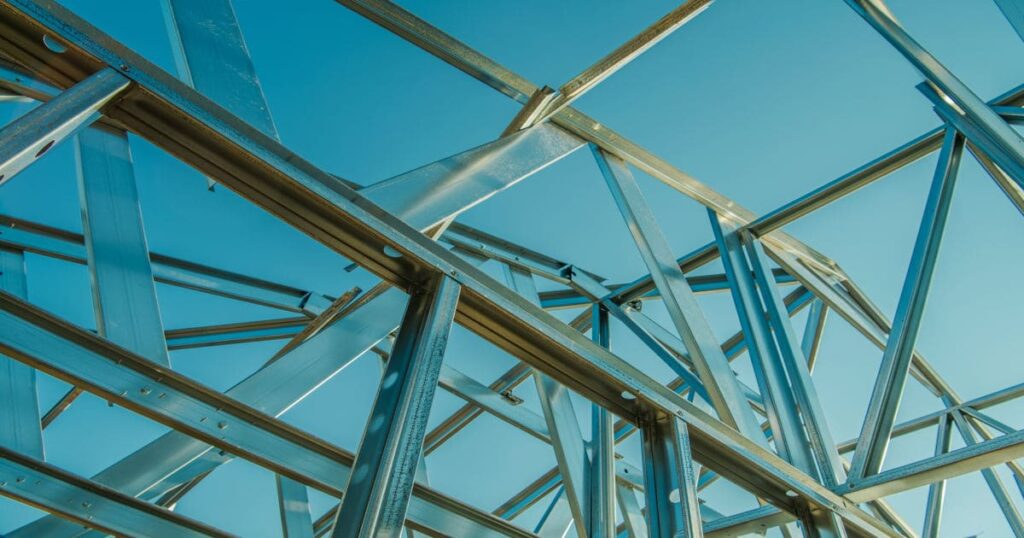
Innovative Applications
Smart Steel with Sensors
One of the emerging trends is the integration of smart sensors into structural steel components. These sensors can monitor various parameters like stress, temperature, and vibration in real time. The data collected is analyzed to assess the structure’s health, predict maintenance needs, or even adapt to changing environmental conditions. This kind of “smart” infrastructure could revolutionize how we monitor and maintain large structures.
3D-Printed Steel Structures
3D printing technology is beginning to make its way into structural steel. Using specialized printers that can handle metal, it’s now possible to create steel components that would be difficult to manufacture using traditional methods. This opens up new possibilities for architectural design and rapid prototyping.
Prefabricated Modules
Prefabrication involves manufacturing steel components in a factory setting and transporting them to the construction site for assembly. While not a new concept, technological advances have made it more efficient and cost-effective. Prefabricated steel modules can now include integrated systems like plumbing and electrical work, significantly reducing construction time and potentially improving the quality of the finished structure.
Case Studies
Empire State Building
The Empire State Building is a classic example of the capabilities of structural steel. Completed in 1931, constructors built this iconic New York skyscraper in about 13 months, demonstrating the speed of erecting steel-frame buildings. The structure primarily utilizes steel columns and beams to achieve its impressive height of 1,454 feet, and it stands as a testament to the material’s strength and versatility.
Golden Gate Bridge
Regarding bridges, the Golden Gate Bridge serves as an iconic case study for using structural steel. Opened in 1937, the suspension bridge features two main towers and cables made of steel, selected for their high tensile strength and resistance to the corrosive maritime environment of the San Francisco Bay. The bridge has endured for decades, demonstrating the long-term durability of structural steel in demanding conditions.
Sydney Opera House
Although best known for its striking concrete shells, the Sydney Opera House also incorporates structural steel in its intricate framework. The steel provides internal support for the structure’s unique geometries and complements the use of concrete. Opened in 1973, the building demonstrates using steel with other materials to create architectural marvels.
Navigating Tomorrow: The Unfolding Horizon of Structural Steel
As we look towards the future, structural steel faces an intriguing balance of challenges and opportunities. On the one hand, there are environmental pressures to reduce carbon emissions, driving innovations in recycling and developing greener steel production methods. On the other hand, smart sensors, 3D printing, and prefabrication revolutionize the use and monitoring of steel, opening new avenues for efficiency and design. In essence, the future of structural steel is a dynamic interplay between sustainability and innovation, destined to redefine the boundaries of construction and engineering.

Frequently Asked Questions
What Are The Main Properties of Structural Steel?
Strength, durability, and flexibility are its main properties. Strength withstands significant force; durability resists weather and wear; and flexibility molds and welds into various shapes.
How is Structural Steel Made?
The manufacturing process generally involves iron ore extraction, smelting in blast furnaces, removal of impurities, adding alloying materials, and finally, casting and rolling the steel into the desired shapes and sizes.
Can Structural Steel be Used in Infrastructure?
Structural steel is vital for infrastructure projects like bridges, tunnels, and pipes. It provides the necessary strength and durability to withstand various environmental and functional stresses.
What are Some Innovative Applications of Structural Steel?
Emerging applications include integrating smart sensors for real-time monitoring, 3D-printed steel structures for complex designs, and prefabricated steel modules that can expedite the construction process.
What is the Future Outlook for Structural Steel?
The future is a mix of challenges and opportunities. While environmental concerns drive the push for greener production methods, technological advancements open new avenues for the material’s application and monitoring.
